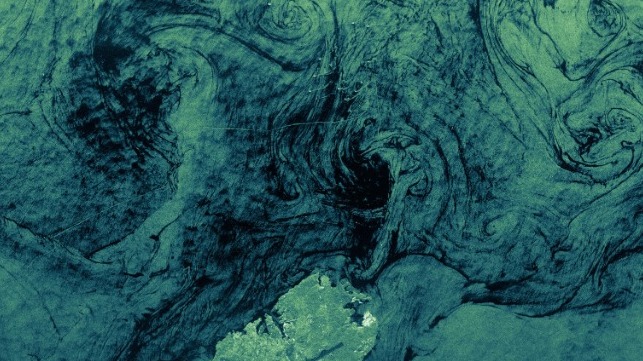EMSA Looks to Radar Satellite Imagery to Improve Maritime Safety

ICEYE has entered into a multi-year framework contract with the European Maritime Safety Agency (EMSA) to support their efforts in managing maritime operations with SAR data. Spaceborne Earth observation has been well established for decades, with synthetic aperture radar (SAR) satellites being the gold standard due to their ability to collect images from areas of interest day and night and in any weather. However, traditional SAR satellites are enormous and carry huge antennas with limited revisit frequency and flexibility. ICEYE satellites are designed to deliver high-performance persistent monitoring capabilities at a significantly lower weight and cost than traditional SAR satellites.
Among its many missions, EMSA provides technical expertise and operational assistance in reducing the risk of maritime accidents and assisting in response and recovery from marine pollution from ships and oil installations. In addition, the Agency supports the maritime surveillance activities of the national authorities of EU Member States linked with a wide range of coast guard functions. ICEYE will deliver SAR imagery to EMSA over these next years to enhance their operational support to a wide range of European organizations in the scope of EMSA's Earth Observation Services.
"Maritime operations operate around the clock," Pekka Laurila, ICEYE Co-Founder and Chief Strategy Officer said. "Radar imaging technology can see the earth day and night and in all weather conditions. Space-based imagery is an ideal tool to quickly, efficiently, and effectively support maritime disaster response and recovery operations and enforce EU maritime regulations and support local authorities."
At any given time, 70% of the Earth is covered in clouds or darkness. Unlike traditional Earth observation satellites, SAR satellites can form high-resolution images of areas of the Earth in daylight, at night, and through cloud cover. In other words, they can see any part of the Earth multiple times a day. The satellites can collect images over vast areas and even more detailed images over smaller points of interest, such as a ship or oil facility. This provides customers with continuous coverage of fast-breaking events on the ground in all weather conditions.
